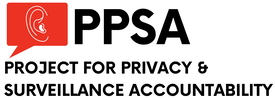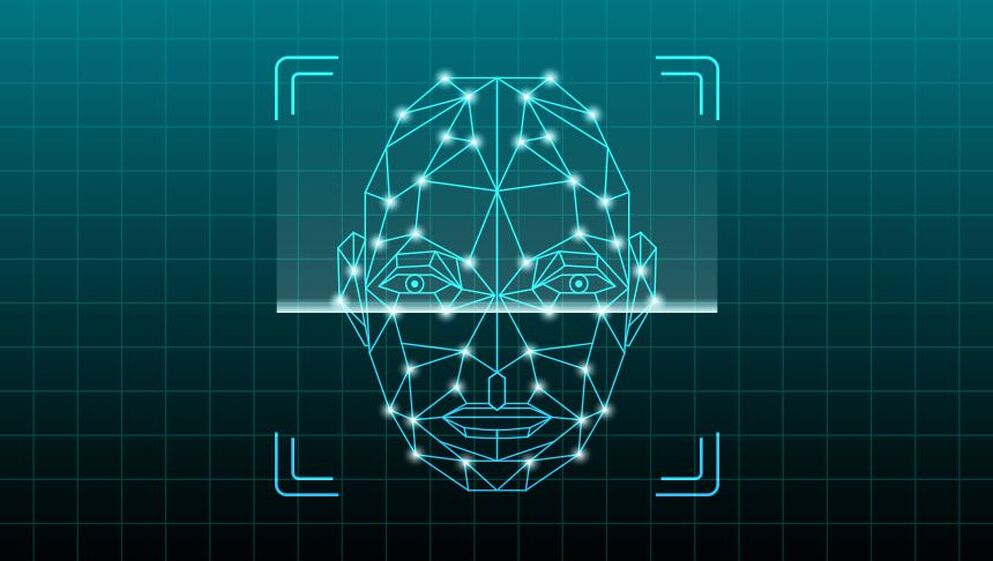|
The UK has long been a realm with ubiquitous closed-circuit television on every corner. Scotland Yard moved last year to connect this system with facial recognition software that pixilates all faces except those on a watchlist database.
That facial recognition software has social value is undeniable. In February, facial recognition caught a wanted serial sexual predator from an image of him boarding a bus in Cardiff. But also in Cardiff, Ed Bridges, an activist and sometime Liberal-Democrat politician, was tracked twice by a facial recognition van – once while Bridges was having lunch, and once while he was peacefully protesting at an arms fair. Bridges won a court ruling that the wide use of automatic surveillance by the South Wales police was unlawful. The ruling did not strike down the practice – indeed, a police spokesman said that “this is a judgment we can work with.” But it did restrict the practice, finding the South Wales police have been too unrestrained in their use of the system. This week, the Home Office issued guidelines for rules governing live facial-recognition systems. These rules were criticized as being “bare bones” with a lot of gaps that could still compromise privacy. Victories like the capture of the sexual predator are welcome, but they also tempt us to overlook the larger picture and what can be lost. Silkie Carlo, Director, Big Brother Watch, offered a view that we would be well-advised to import to the United States: Never before have members of the public been treated like walking ID cards, subjected to an ongoing police line-up that our identities have to be biometrically checked to make sure that we’re not criminals. That’s a complete inversion of the traditional presumption of innocence that is so at the heart of British civilization. America, too. Comments are closed.
|
Categories
All
|


 RSS Feed
RSS Feed